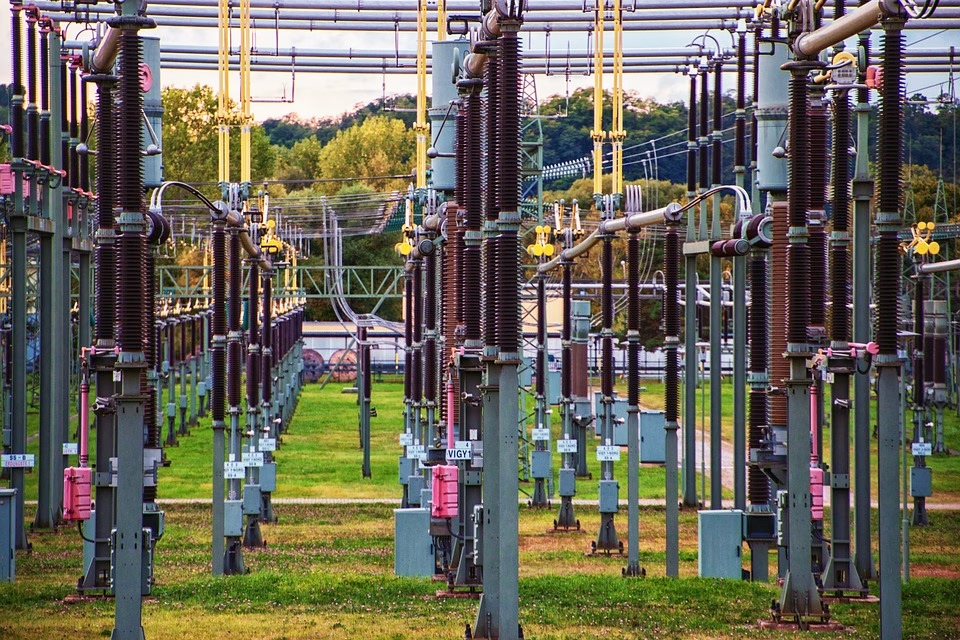Transforming Your Asset Strategy: Best Practices in Lifecycle Management

In today’s fast-paced business environment, effective asset management is more critical than ever. Organizations seeking to optimize their assets must consider a comprehensive lifecycle management strategy that overcomes challenges, minimizes costs, and maximizes efficiency.
Understanding Asset Lifecycle Management
Asset Lifecycle Management (ALM) involves overseeing the entire lifespan of an asset—from its initial acquisition, through utilization and maintenance, to eventual disposal or repurposing. Implementing best practices in ALM can lead to better decision-making, reduced costs, improved asset performance, and ultimately, a competitive edge.
Best Practices in Asset Lifecycle Management
-
Inventory and Categorization: Begin by creating an accurate inventory of all assets. Categorizing these assets can help you track their value, performance, and maintenance needs.
-
Regular Assessment and Evaluation: Conduct regular evaluations of asset performance. Tools and metrics such as Return on Investment (ROI), Total Cost of Ownership (TCO), and uptime/downtime ratios can provide crucial insights into which assets are performing well and which need attention.
-
Data-Driven Decision Making: Harness modern technology to collect and analyze data. By integrating IoT sensors and asset management software, businesses can derive actionable insights that inform repairs, replacements, and upgrades.
-
Lifecycle Planning: Anticipate the needs of your assets at different lifecycle stages. Create improvement plans, maintenance schedules, and disposal strategies that align with your organization’s goals.
-
Cross-Department Collaboration: Engage various departments like finance, operations, and IT in asset strategy discussions. Collaboration fosters a more comprehensive approach to asset management and boosts overall effectiveness.
-
Sustainability Focus: Embrace sustainable practices by considering the environmental impact of assets. Focus on energy-efficient options and recycling strategies, which can also lead to cost savings.
- Risk Management: Identify potential risks associated with asset failure. Develop contingency plans to mitigate disruption and ensure business continuity.
Why Choose Ancoia for Your Asset Management Needs
In the realm of asset lifecycle management, Ancoia stands out as a leading platform designed to transform your asset strategy effectively. Here’s why:
-
User-Friendly Interface: Ancoia’s intuitive interface simplifies the complexities of asset management, making it accessible for all team members, regardless of their technical expertise.
-
Comprehensive Analytics: With powerful data analytics, Ancoia helps you monitor and optimize asset performance in real-time, providing insights that drive more informed decision-making.
-
Collaborative Tools: Foster collaboration across departments with Ancoia’s integrated tools, ensuring that everyone is aligned with your asset management goals.
-
Scalable Solutions: Whether you’re a small business or a large corporation, Ancoia offers scalable solutions that grow with your needs.
- Focus on Sustainability: Ancoia emphasizes sustainable practices, enabling your organization to meet environmental goals while optimizing asset performance and reducing costs.
Make the Switch Today
If you’re ready to revolutionize your asset management strategy, it’s time to consider Ancoia. By leveraging its advanced features and tools, you can optimize your asset lifecycle management for improved efficiency, reduced costs, and significant operational benefits.
Don’t get left behind—transform your asset strategy today!
Sign up for Ancoia now by visiting this link and take the first step towards streamlined asset management that drives success for your organization. Your assets deserve the best care—and so do you.
🚀 Try Ancoia for FREE today and experience the power of business automation!
🔗 Sign up now and get a 7-day free trial



